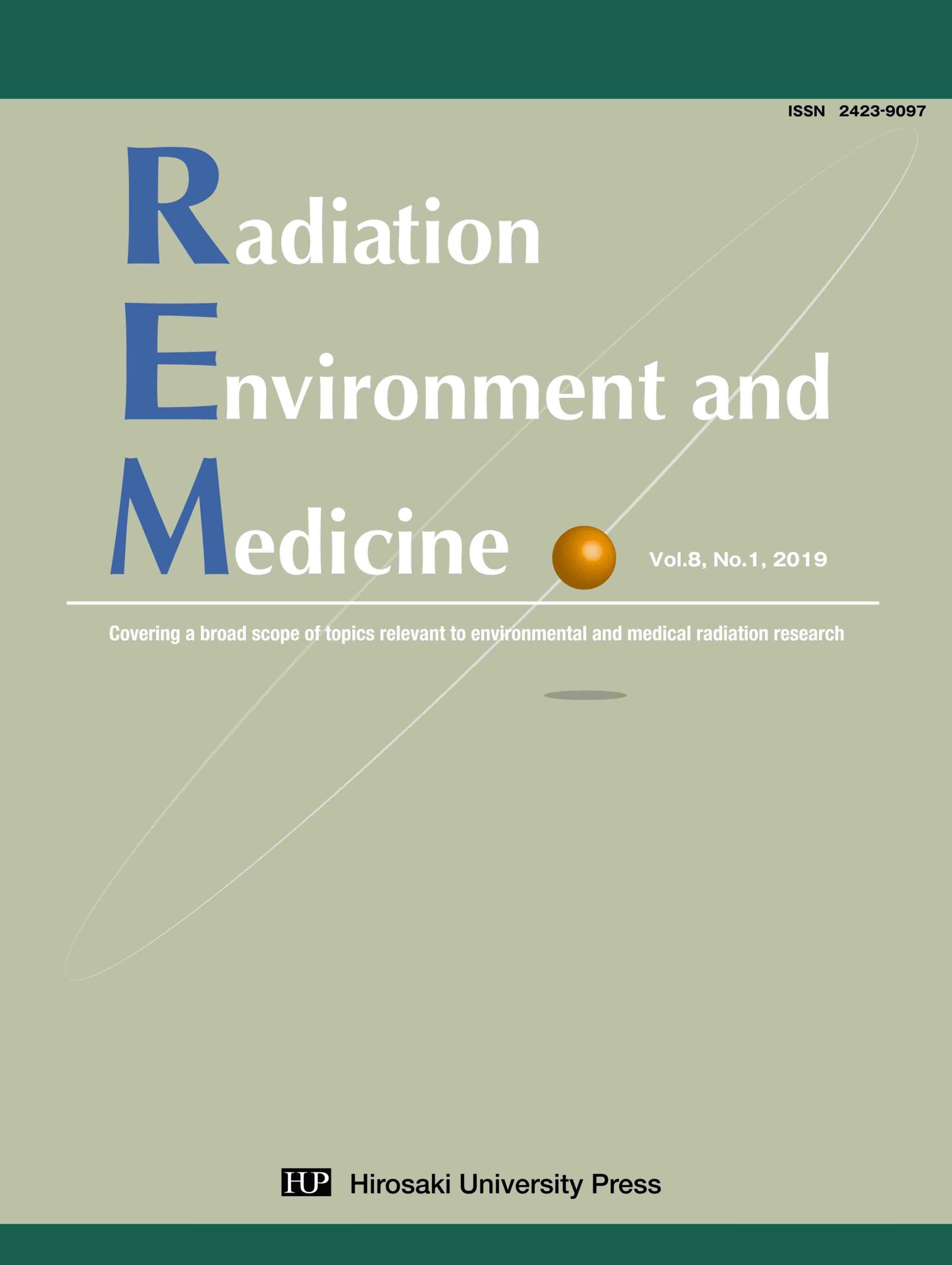Assessment of Safecast bGeigie Nano Monitor
View article content
Joshua Walsh*, Kevin Kelleher and Lorraine Currivan
Environmental Protection Agency, 3 Clonskeagh Square, Clonskeagh Road, Dublin 14, Ireland
Radiat Environ Med (2019)8(1):1-8
- Abstract
The bGeigie Nano Monitor is a radiation monitor based on a Geiger Muller tube (GM) detector developed by the team at Safecast as an affordable and easy to use mobile radiation monitoring device for public use as part of its citizen science project. The bGeigie Nano Monitor is said to detect alpha, beta and measure gamma radiation accurately to within a 15% uncertainty, as well as the ability for this measured data to be uploaded to a Safecast API website. The objective of this study was to evaluate the bGeigie Nano Monitor’s accuracy and reliability in both measuring and recording radiation from alpha, beta and gamma sources.
It was found that the bGeigie Nano Monitor is very accurate in the dose rate range of 5-900 μSv/h. Above this dose rate the accuracy of the measurements were not as reliable as the monitor was brought closer to the 1000 μSv/h limit of detection. The monitor was capable of detecting beta and gamma radiation from the tested sources of 241Am, 90Sr/90Y and 137Cs. During the assessment of the monitor it was found that it could take up to a minute for the measured dose rate exposed to a source to stabilise, it was also found that after being exposed to a high dose rate it took up to a minute to return to background dose levels after the removal of the radiation source.
In conclusion, the bGeigie Nano Monitor is capable of being an easily assembled radiation monitor for the public to accurately measure the dose rates of radioactivity in their area and to share this monitoring data through the Safecast API website.
Key words: Safecast, radiation monitor, citizen science



